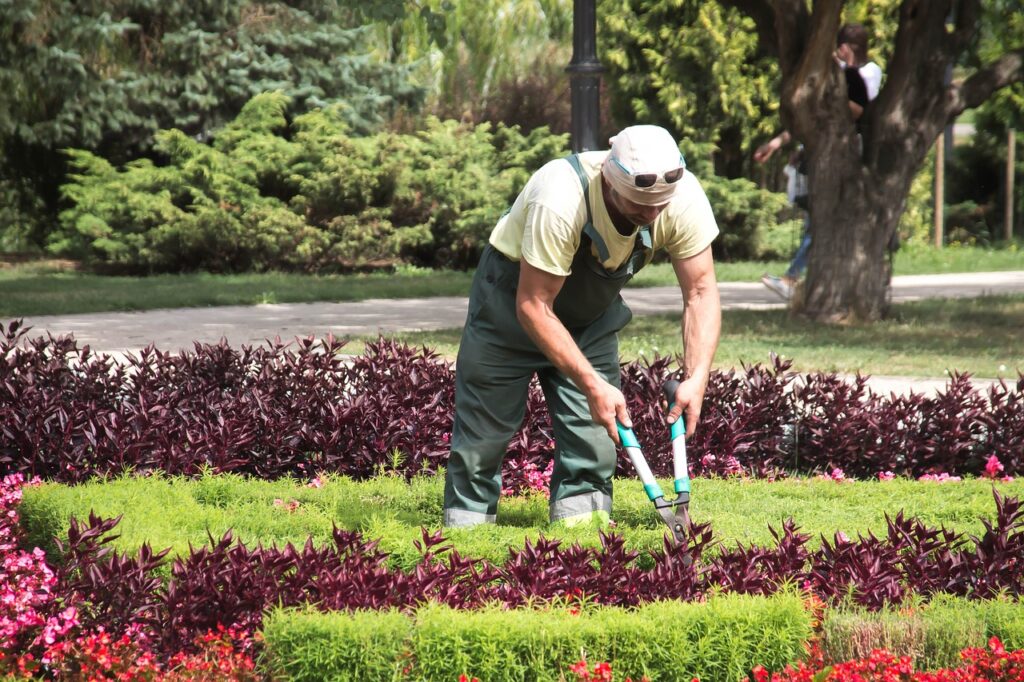Why Landscape Gardeners Choose Steamed Soil for Park and Garden Projects
When creating parks and gardens, landscapers often buy the cheapest soil on the market. However, experience shows that the quality of this soil varies greatly, and it is frequently filled with weeds (despite supplier claims to the contrary). In the worst case, the purchased soil can introduce invasive alien species. While a skilled gardener can compensate for poor soil quality with lime and fertilizer, the weeds in the soil often become a burden for years to come.

Based on this, we at SoilSteam contribute to developing a Norwegian Standard for heat-treated soil. This standard will ensure that buyers of soil can be confident that the soil is heat-treated and therefore free of harmful organisms and weeds. Steamed soil is becoming increasingly popular among landscapers, and here we explain why:
One of the biggest challenges for landscape gardeners is weeds that compete with plants, creating extra costs and additional work. By using steam-treated soil, this problem is largely avoided. It also reduces the need for chemical pesticides. In addition, the use of steam-treated soil leads to more satisfied customers.
Weeds grow quickly and controlling it throughout the season requires regular maintenance, including weeding at least once a month. In a hectic summer season, this can be difficult to achieve in practice, which often results in planting areas that look poorly maintained. By using steam-treated soil, this problem is avoided. The soil will generally remain weed-free without incurring maintenance costs. This makes the slightly higher price of heat-treated soil justifiable, as it results in happier customers and lower long-term maintenance costs.
For landscape gardeners who aim to deliver high-quality results with minimal maintenance and no use of pesticides, steamed soil is the right choice.
What do you think? Will you use steamed soil in your next project? Contact us to learn more about steam-treated soil.